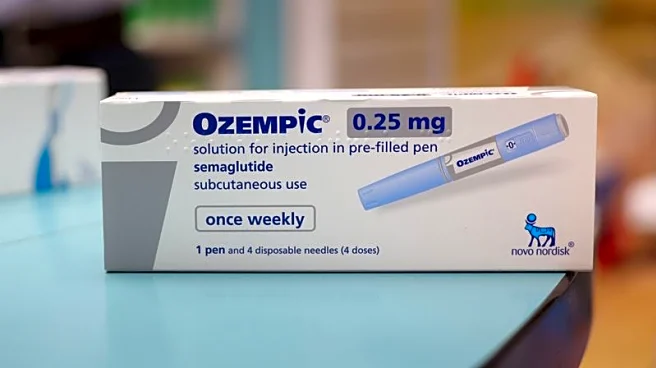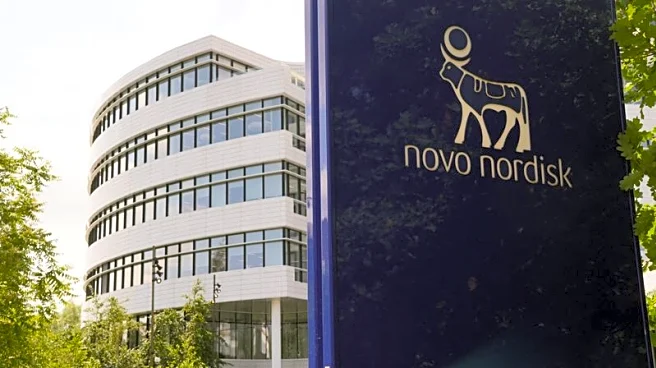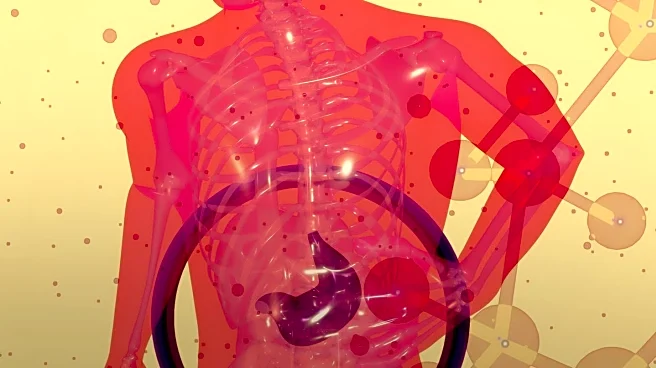Rapid Read • 8 min read
A French multicenter study led by Rennes University Hospital has found that glucagon-like peptide-1 receptor agonists (GLP-1 RAs) may reduce symptoms of hidradenitis suppurativa (HS), a chronic skin condition characterized by painful lumps and lesions. The study, published in JAMA Dermatology, involved 66 patients and showed significant reductions in HS-related scores after six months of treatment with GLP-1 RAs, including semaglutide, dulaglutide, and liraglutide. The drugs, originally developed for type 2 diabetes, have demonstrated efficacy in weight loss and may possess anti-inflammatory properties, which could benefit HS patients, particularly those with obesity.
AD
The findings suggest that GLP-1 RAs could offer a new therapeutic avenue for managing HS, a condition that significantly impacts quality of life and is often associated with obesity. By potentially reducing inflammation and promoting skin healing, these drugs could improve patient outcomes and reduce reliance on traditional treatments like antibiotics and biologics. This development may lead to broader use of GLP-1 RAs in dermatology, expanding their application beyond diabetes and weight management. The study highlights the importance of exploring existing medications for new uses, which could enhance treatment options for chronic conditions.
Further research, including randomized clinical trials, is needed to confirm the efficacy of GLP-1 RAs in HS management and understand their mechanisms of action. If successful, these trials could lead to new treatment guidelines and increased adoption of GLP-1 RAs in dermatological practice. Healthcare providers may begin considering these drugs for HS patients, particularly those with obesity, as part of a comprehensive treatment plan. The study's findings could also prompt pharmaceutical companies to investigate additional applications of GLP-1 RAs, potentially leading to new drug formulations or indications.
The potential use of GLP-1 RAs in treating HS underscores the interconnectedness of metabolic and inflammatory pathways, highlighting the need for holistic approaches to chronic disease management. It also raises questions about the role of weight loss in treating inflammatory conditions and the importance of addressing underlying metabolic issues. This development could lead to broader discussions on the integration of metabolic therapies in dermatology and the need for personalized medicine approaches that consider individual patient profiles.
AD
More Stories You Might Enjoy











